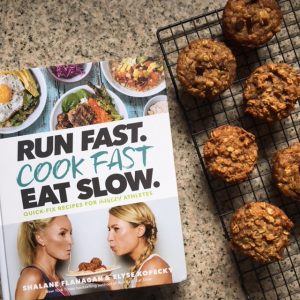We have all heard a million times how important exercise is for us but most of the time we would rather do just about anything else. Unfortunately, missing that one day can be a slippery slope and it may be difficult to get back on track. A great way to bypass this struggle is to find a workout partner. These people can come in many shapes and sizes but finding a buddy has been proven to result in an increase in attendance and adherence. Having an exercise partner works two ways as well. While you and your partner push each other, you also hold each other accountable and provide motivation for one another. Some partners can even push each other to new heights with a little friendly competition. That being said, not all partners are created equal and finding the right one can be a challenge.

When considering who can or cannot be your partner it is wise to compare your goals to theirs, your individual levels of fitness and whether they will be a true partner or a distraction. The best of partners tend to have an emotional connection with each other and a study published in Psychology of Sport and Exercise found that the exercise habits of people you know have a positive influence on your exercise habits.
Partners can be your friends/colleagues, a group or a trainer. Friends/colleagues work best for those who find it hard to get to the gym on their own. This dynamic works best when goals and fitness levels are fairly close. Sometimes, it can work when the fitness levels are different so long as the higher skilled partner can help the newer one while focusing on their own progression. The group setting is best for those who like to combine exercise and social time. Group classes are a great way to meet new people with fitness-minded goals. Lastly, working one-on-one with an Exercise Physiologist takes a load of the pressure off you. EP’s are able to motivate and support you, all the while developing a program that best benefits you. Whether you are experienced and struggling to get to the gym or a newcomer seeking some guidance, having an exercise physiologist to work with you can help you reach your goals.
By Julian C. Lee








